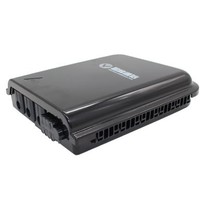When determining the appropriate length for a fiber optic cable, several factors should be taken into consideration:
Distance between equipment: Measure the distance between the two pieces of equipment that need to be connected. This will give you a general idea of the minimum length required for the fiber optic cable.

Routing and installation: Consider the route that the fiber optic cable will take and any obstacles that may need to be navigated, such as walls or ceilings. This may require additional length to ensure a safe and secure installation.
Service loop: It is important to leave a service loop in the fiber optic cable to allow for future maintenance or equipment replacement. The service loop should be at least 1-2 meters long.
Standards and regulations: Depending on the application, there may be industry standards or regulations that dictate the minimum or maximum length for fiber optic cables.
Signal loss: Consider the amount of signal loss that can occur over the length of the fiber optic cable. Depending on the type of fiber, signal loss can occur over longer distances, requiring additional length to compensate for the loss.
Future expansion: Consider any future expansion plans and whether additional fiber optic connections may be needed. This may require additional length to accommodate future growth.
Overall, when determining the appropriate length for a fiber optic cable, it is important to consider the specific needs of the application, as well as the factors listed above, to ensure a safe and reliable installation.






